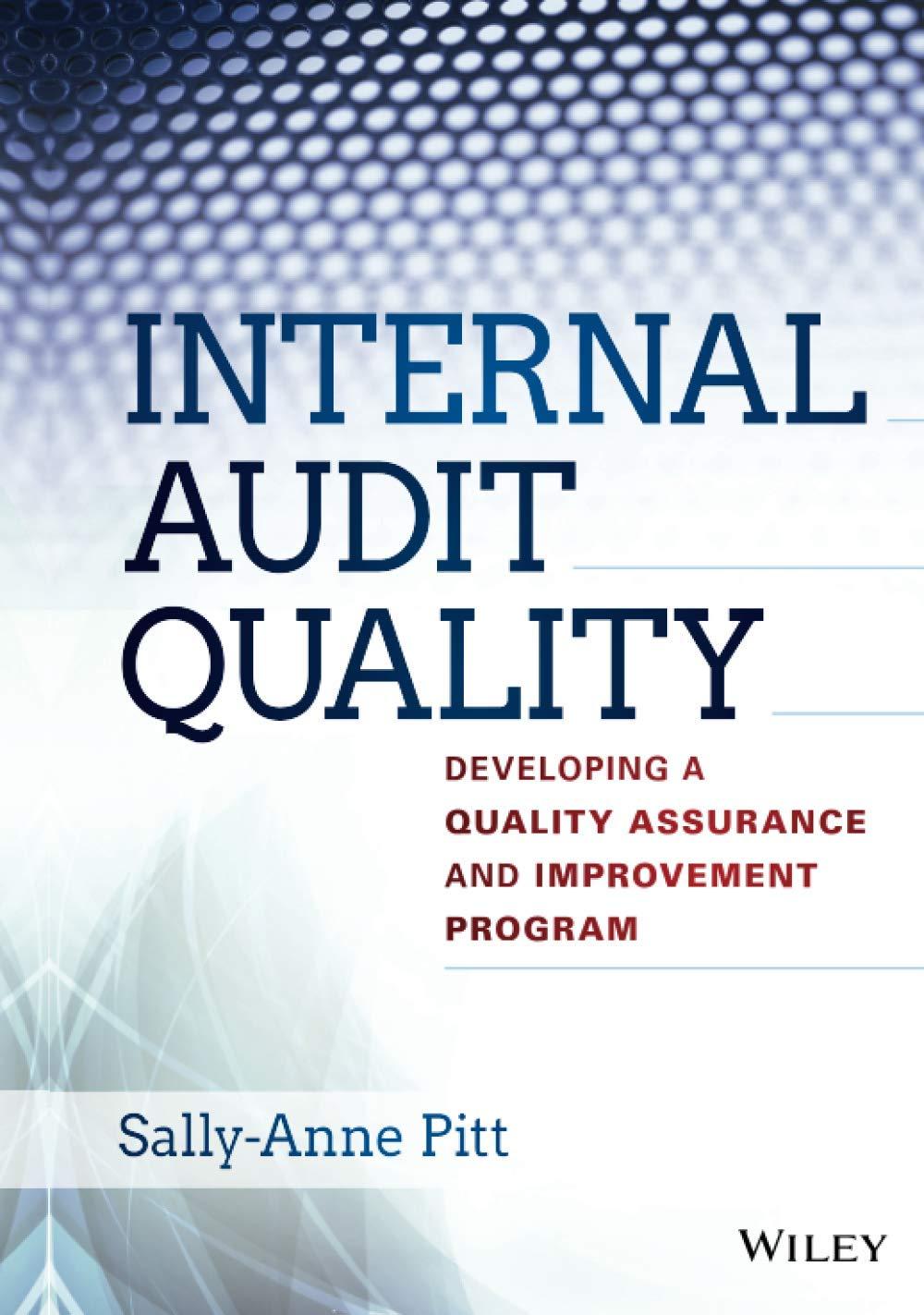Question
Kelly Pitney began her consulting business, Kelly Consulting, on April 1, 20Y5. The accounting cycle for Kelly Consulting for April, including financial statements, was illustrated
Kelly Pitney began her consulting business, Kelly Consulting, on April 1, 20Y5. The accounting cycle for Kelly Consulting for April, including financial statements, was illustrated in this chapter. During May, Kelly Consulting entered into the following transactions:
| May | 3 | Received cash from clients as an advance payment for services to be provided and recorded it as unearned fees, $4,500. |
| 5 | Received cash from clients on account, $2,450. | |
| 9 | Paid cash for a newspaper advertisement, $225. | |
| 13 | Paid Office Station Co. for part of the debt incurred on April 5, $640. | |
| 15 | Provided services on account for the period May 115, $9,180. | |
| 16 | Paid part-time receptionist for two weeks salary including the amount owed on April 30, $750. | |
| 17 | Received cash from cash clients for fees earned during the period May 116, $8,360. |
Record the following transactions on Page 6 of the journal:
| May | 20 | Purchased supplies on account, $735. |
| 21 | Provided services on account for the period May 1620, $4,820. | |
| 25 | Received cash from cash clients for fees earned for the period May 1723, $7,900. | |
| 27 | Received cash from clients on account, $9,520. | |
| 28 | Paid part-time receptionist for two weeks salary, $750. | |
| 30 | Paid telephone bill for May, $260. | |
| 31 | Paid electricity bill for May, $810. | |
| 31 | Received cash from cash clients for fees earned for the period May 2631, $3,300. | |
| 31 | Provided services on account for the remainder of May, $2,650. | |
| 31 | Kelly withdrew $10,500 for personal use. |
| Required: | |||||||||||||
| 1. | The chart of accounts is shown in a separate panel and the post-closing trial balance as of April 30, 20Y5, is shown below.
| ||||||||||||
| 2. | Post the journal entries on pages 5 and 6 of the journal to the ledger of four-column accounts.
| ||||||||||||
| 3. | Prepare an unadjusted trial balance. Accounts with zero balances can be left blank. | ||||||||||||
| 4. | At the end of May, the following adjustment data were assembled. Analyze and use these data to complete parts (5) and (6).
| ||||||||||||
| 5. | (Optional) On your own paper or spreadsheet, enter the unadjusted trial balance on a 10-column end-of-period spreadsheet (work sheet), and complete the spreadsheet. Find a blank end-of-period work sheet in the Excel spreadsheet you previously downloaded. | ||||||||||||
| 6. |
| ||||||||||||
| 7. | Prepare an adjusted trial balance. Accounts with zero balances can be left blank. |
Kelly Consulting
POST-CLOSING TRIAL BALANCE
April 30, 20Y5
| ACCOUNT TITLE | DEBIT | CREDIT | |
|---|---|---|---|
| 1 | Cash | 22,100.00 |
|
| 2 | Accounts Receivable | 3,400.00 |
|
| 3 | Supplies | 1,350.00 |
|
| 4 | Prepaid Rent | 3,200.00 |
|
| 5 | Prepaid Insurance | 1,500.00 |
|
| 6 | Office Equipment | 14,500.00 |
|
| 7 | Accumulated Depreciation |
| 330.00 |
| 8 | Accounts Payable |
| 800.00 |
| 9 | Salaries Payable |
| 120.00 |
| 10 | Unearned Fees |
| 2,500.00 |
| 11 | Kelly Pitney, Capital |
| 42,300.00 |
| 12 | Totals | 46,050.00 | 46,050.00 |
Step by Step Solution
There are 3 Steps involved in it
Step: 1

Get Instant Access to Expert-Tailored Solutions
See step-by-step solutions with expert insights and AI powered tools for academic success
Step: 2

Step: 3

Ace Your Homework with AI
Get the answers you need in no time with our AI-driven, step-by-step assistance
Get Started


